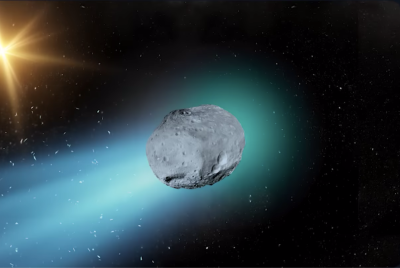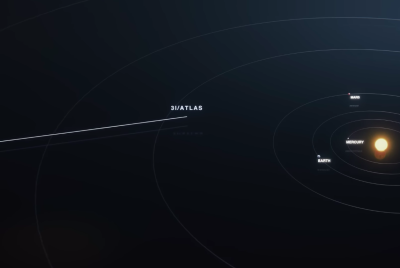Earth Day 2015: Activist Christopher Swain swims in polluted New York City canal
An environmental activist gave up less than halfway through his attempt to swim the length of a notoriously polluted New York City canal on 22 April.
Christopher Swain, a clean-water activist, cited weather concerns in abandoning his effort to swim Brooklyn's Gowanus Canal, described by the US Environmental Protection Agency as among the nation's "most extensively contaminated" bodies of water.
Swain, 47, climbed out of the 1.8-mile canal less than an hour into his swim to mark Earth Day and pressed for a speedier clean-up of its water.
He said he encountered unexpected delays as well as growing winds and dark clouds that threatened a possible storm.
Years of dumping of pollutants ranging from industrial waste to sewage have contaminated the Gowanus Canal with toxic substances including pesticides, heavy metals and cancer-causing PCBs, according to the EPA.
"The water was 50 degrees (10C) and it tasted like mud, poop, ground up grass, detergent, gasoline," said Swain after swimming what he estimated was about two-thirds of a mile. Swain added he had only tasted the water and he had not swallowed it.
"I'm OK. I think I'm OK," he continued. "You'd have to be a trained professional to go in there. You need a crew. You need the gear. It's not safe to swim in there. That's why I'm making the point. We need to get [it] so it is." Swain added.
Swain said he was unconcerned about health risks, largely because he was wearing a protective dry suit, gloves, boots, a swim cap, goggles, earplugs and a water barrier ointment on his face. Swain also said he had been vaccinated for Tetanus, Hepatitis A and Hepatitis B.
Completed in 1869, the canal was cut through the borough of Brooklyn to feed commercial activity around factories that once powered part of the city's economy. Today, it cuts through gentrifying residential neighbourhoods and is mostly known for its foul odour and display of garbage at low tide.
Swain said his swim in the polluted waters was an effort to call attention to water pollution on Earth Day.
He said: "We've made a mess, let's clean it up. What I'm saying is, some of these clean-ups are big. They are intimidating and they are scary and they are discouraging. This is gonna be one of those. This is a no joke, big, difficult clean-up. So, what I'm here to say is even though it's discouraging and even though it's difficult, let's find the courage to do it anyway. Whatever it takes.
"I'm also saying let's define clean-up differently. Let's not clean it up part of the way. Let's not make it sort of not bad. Let's make it sparkle. Let's make it a diamond. Let's make it a jewel. Let's make the standard of clean safe enough to swim in every day."
In 2010, the EPA placed the canal on its Superfund National Priorities List, opening the way for clean-up efforts.
© Copyright IBTimes 2025. All rights reserved.






















